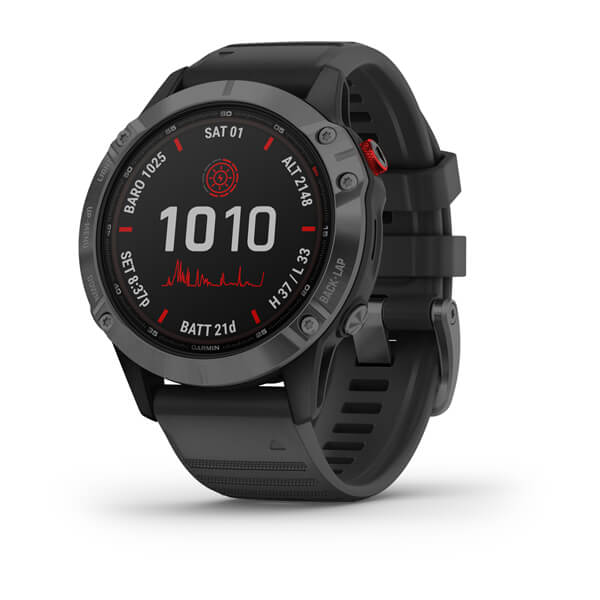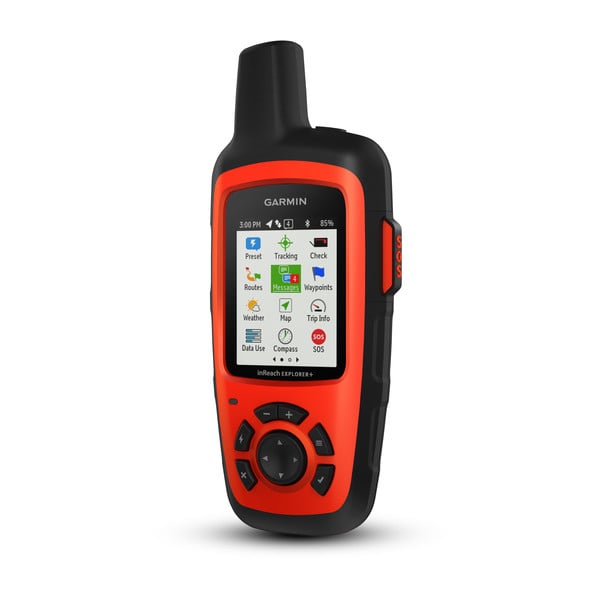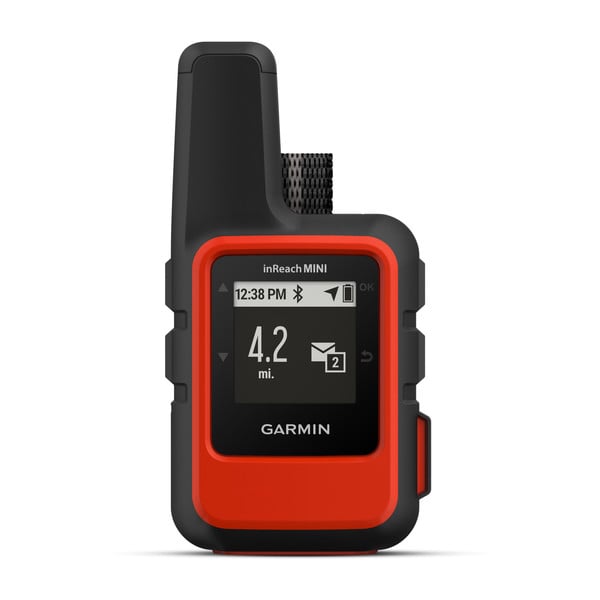
Backcountry Skiing and Safety with Brody Leven
With ski resorts operating at limited capacity, Brody Leven covers what resort skiers should know before transitioning to the backcountry.
At 33 years old, Brody Leven has dedicated his life to the backcountry and is widely considered one of the premier backcountry skiers in the world, having claimed first descents in various corners of the globe. With ski resorts operating at limited capacity, more and more people are pushing their limits into the backcountry — and that comes with a whole new set of safety considerations. Here, Brody highlights what resort skiers should be aware of before transitioning to the backcountry.
Why is backcountry safety so important?
While most people see the beautiful photography or videos of backcountry skiing, what they may not see is how much preparation and training is needed to become a safe and proficient backcountry skier. It is an extreme sport because there are just so many dangerous, variable elements to the sport. This is the number one thing I try to impress upon new backcountry skiers.
Backcountry skiing can truly be a life-changing experience — unfortunately, it can be for better or for worse. The outcome is almost always dictated by 1) an individual’s knowledge and respect for the natural elements they are in, and 2) preparation they make before they even step foot in the backcountry.
What are the three most common mistakes people make when getting into backcountry skiing?
My first time in the backcountry, I didn’t know what I didn’t know, which is a common trait among folks finding themselves in the backcountry and also a contributing factor to many backcountry accidents. I had a friend who said he knew the backcountry, and I just trusted him without properly preparing. Don’t do that. That will get you into trouble quickly.
Since then, I’ve wised up. I’ve still probably made most of the mistakes that can be made in the backcountry, so I don’t want others to make them. Here are the three biggest things I see when people get into the backcountry.
- A lack of education is the biggest problem. This is the biggest contributor to avalanche accidents. You need to research, respect and understand the mountain before you head out.
- Another issue is having the fitness and skiing expertise but being unfamiliar with backcountry skiing specifically — it’s an entirely different sport than resort skiing. For example, good skiers can’t expect to “outrun” avalanches, and the avalanches certainly don’t care that they’re good skiers. Avalanches don’t discriminate. Strangely enough, skiers are much more likely to find themselves in avalanche terrain because avalanches are most likely to happen on slopes 35 to 40 degrees, which is exactly the steepness that good skiers enjoy the most.
- It’s critical to understand wilderness first aid for when things go wrong, meteorology to make sure a skier isn’t getting stuck in a storm and navigation to prevent an unwanted and maybe deadly “night out,” etc.
What can resort skiers do while transitioning into the backcountry and still stay safe?
The most important but often overlooked aspect of backcountry skiing is understanding that it’s no longer solely about recreation; backcountry skiing is about understanding the danger associated with the sport and managing it appropriately so you can stay safe and enjoy your time.
An important thing a resort skier can do to transition into the backcountry is find someone who wants to join you. People often think of backcountry skiing as a solitary element, but it is actually very social. For example, the majority of backcountry skiing is actually hiking up the mountain to get to your line. You have hours to hike up a mountain, so having someone there to share the experience makes it more enjoyable.
More importantly, though, I make sure to almost never go alone, because a partner is the most important element of a partner rescue and staying safe.
How does Garmin technology play into your backcountry experience?
The two items I use the most are going to be my fēnix 6 Pro Solar smartwatch and my inReach device1. Here’s how I use them year-round.
Before: Backcountry skiing is a year-round activity, even though the skiing itself isn’t. In the late spring, it’s a good time to decompress and debrief from the ski season — what went wrong, what went right, etc. In the summer, start to build a solid base of fitness, track it to understand your progression, and remember the end goal when you’re sweating in the middle of July: powder turns! And the autumn is a great time to maintain that aerobic base while reviewing and refreshing all of the information that makes you a safe and informed backcountry skier.
The fēnix smartwatch is a tool I use both in the moment and year-round. Ninety percent of backcountry skiing is hiking uphill, so being in shape is critical. I track my year-round fitness with my Garmin fēnix 6 Pro Solar, which allows me to know how that will interplay in the backcountry. Year-round, I am working to stay in shape and be ready for the next snow season. When I’m not skiing, I’m climbing, trail running, bouldering or bikepacking/mountain biking — really anything that involves endurance and grit. The fēnix has activity profiles that help me quantitatively monitor my activities, understand how my body is performing under certain situations and make necessary adjustments for the next time.
During: Many decisions in the backcountry are made to increase energy efficiency. So even simple things like monitoring heart rate is critical. If my heart rate has been too high for too long, I’m expending too much energy, and I may not have the mental/physical energy to make a safe decision or — if things go very bad — dig a buried partner from beneath the snow when seconds count. My inReach device is also a critical item during this process to stay in contact with individuals and know where I am.
Certain “aspects” of the mountain (whether the ski run is facing north, south, east or west) will be less dangerous than others, and the compass feature assists in determining those at a moment’s notice. An often overlooked fēnix feature I use all the time is the TrackBack function, which allows me to track back to my starting location on a map.
Features such as Pulse Ox2, Acclimation Widget and the Backcountry Ski Activity are also important tools that I use regularly to monitor and improve my performance in the backcountry.
After: The information provided on the Garmin Connect app helps me understand how I can improve for future trips. For example, the backcountry ski activity shows a comprehensive view of my ascent/descent/time/etc. Like any sport, being able to reflect on what you did and have the comprehensive data provided gives you the ability to be a better, more complete athlete.
I’ve been a longtime user of the inReach device, and it is a critical piece of gear that can save your life. As you can imagine, your cellphone will die or doesn’t have cell service in the backcountry, which is why I always have an inReach with me. It is a piece of gear that can be a literal lifesaver in the backcountry. And, with a variety of options, I use the Garmin inReach Mini due to the weight ratio — it’s only 3.5 oz.
Brody Leven’s Recommended Backcountry Gear Checklist
- Garmin inReach allows me to stay in touch when deep in the backcountry, call for help if needed and identify my coordinates if I need to provide them to rescuers.
- My cellphone has so many helpful backcountry apps (my favorite is Earthmate from Garmin), communication, a backup flashlight and a camera.
- A Goal Zero Flip 12 Power Bank allows me to fully recharge any of my important electronics if they die when I need them most.
- I’ve used a first aid kit to save a friend’s life before but also to just patch up friends’ blisters and cuts from sharp ski edges. Of course, it’s useless without knowing how to use it.
- Avalanche essentials, such as a beacon, shovel, probe and avalanche backpack, can help you avoid being buried under an avalanche yourself or to dig out a fellow skier.
For those who don’t know any backcountry skiers to learn from, what do you recommend?
Thankfully, the knowledge on backcountry safety and equipment use can come from specific courses that are offered all over the world through a variety of providers. But it is important to note that the knowledge on how to use the equipment must be honed and refreshed through consistent practice.
For new individuals, I highly recommend hiring a guide who can help mitigate the danger associated with it. Allow yourself to focus on the fitness and ski skills that are essential to it. It’s worth every penny, because the experience is sensational.
The safest way to ski in the backcountry is to be an informed, educated and fit skier. This requires years of dedication and is something that, unfortunately, is never “mastered.” Instead, backcountry skiers are lifelong learners. The best way to start, after enjoying a guided backcountry experience, is to take an avalanche safety course. These courses will help you make smart decisions, avoid avalanches and teach you about the process of skiing in the backcountry.
To learn more about Brody Leven and his adventures in the backcountry, view his website here.
1Active subscription required; jurisdiction restrictions may apply
2This is not a medical device and is not intended for use in the diagnosis or monitoring of any medical condition; see Garmin.com/ataccuracy. Pulse Ox not available in all countries.







